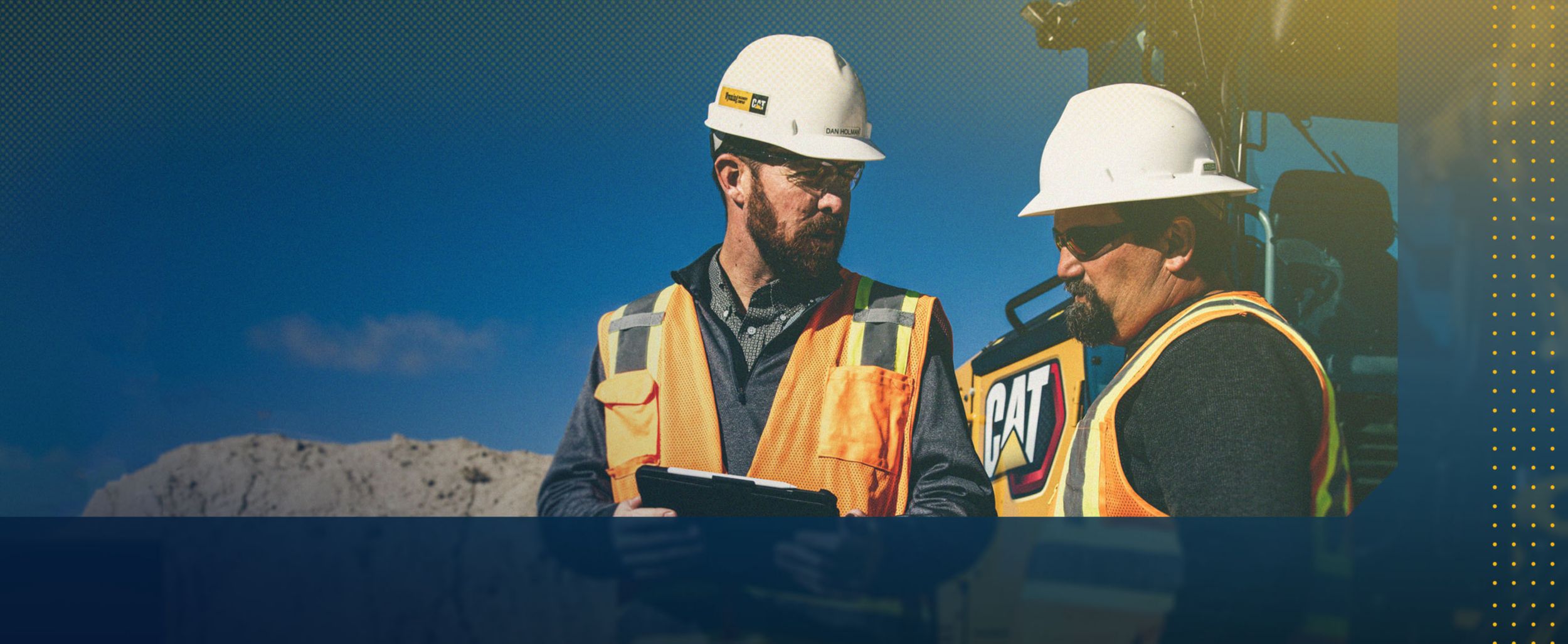

Sign In
Welcome! Sign In to personalize your Cat.com experience
If you already have an existing account with another Cat App, you can use the same account to sign in here
Register Now
One Account. All of Cat.
Your Caterpillar account is the single account you use to log in to select services and applications we offer. Shop for parts and machines online, manage your fleet, go mobile, and more.
Account Information
Site Settings
Security
Tech watch
Independence And Re-Engagement
Within the ongoing and industrywide struggle to find qualified equipment operators, two questions loom large: 1. How can we recruit new operators into a demanding yet fulfilling career on the jobsite? And 2. Where can we find an untapped pool of potential operating talent?
For the first question, remote equipment systems offers one answer, at least. Remote control technologies that take the operator out of the cab and off the machine, such as Cat® Command system, allow operators to limit or avoid exposure to many jobsite challenges — noise, dust, jostling, climbing on and off a large machines, etc.
Fully-remote, non-line-of-sight control systems offer an extra advantage. Enabling operators to work in the comfort of a clean, quiet, office-like environment can attract dedicated employees who don’t want to (or simply can’t) face the challenges of site work. Virtual cab systems like the Cat Command Station can also be centrally located in populous areas, eliminating the need for long commutes.
The second question is a tougher nut to crack: Where will the next generation of equipment operators come from? Remote technologies open up recruitment possibilities for a number of promising demographic groups — including disabled veterans.
Disabled Vets Take Control
Disciplined, motivated and up for a challenge, disabled veterans offer everything a heavy equipment operation could ask for. And remote control technologies may give them an entry point to a rewarding career from which they have been all but excluded in the past.
Not long ago, a group of ”wounded warriors” got a chance to try out a Cat Command system at Fabick Cat in St. Louis, Missouri.
Members of an organization called Segs4Vets got a chance to try out Command for Dozing at the Fabick dealership. Working with a Command Station set up in the dealership lot, they took turns controlling a Cat D8 dozer at the Caterpillar proving grounds outside of Tucson, Arizona.
The main mission of Segs4Vets is providing mobility devices for veterans who served in Iraq and Afghanistan — primarily Segway-based motorized platforms, from which the group took its name. But Segs4Vets also looks for relationships that can help people who were seriously wounded in action find productive and fulfilling roles in their communities.
One of the participants, veteran Jay Fondren, wasn’t sure he could manage the machine at first. “I was a little apprehensive about how I was going to utilize the controls,” he says, “but I was able to do it no problem.”
Another vet, board member Jose Valdenegro, adds, “The biggest thing for Segs4Vets to do is to gain back our independence. Having something like this is … amazing. It was super easy and very comfortable. It can be on or off the jobsite … air conditioning … not out in the heat [or] out in the elements. To me, it’s pretty amazing that it gives someone an opportunity to get a job that wouldn’t be possible somewhere else.”
Segs4Vets President Jerry Kerr says, “For Caterpillar to have an opportunity for our men and women to reengage in an industry, it’s extraordinary. The ability to find purpose in life — to find a job, to work — it’s important as a human being.”
High Demand, Highly-Qualified
That initial event helped Cat engineers identify ways Cat Command technologies might be enhanced or modified to enable all kinds of people with disabilities to operate a range of remote equipment systems. For veterans, however, the need for engaging career opportunities is particularly acute.
Data from ADA National Network shows that nearly a third of the 12 million veterans ages 21-64 report having a disability, a little more than a third of those with a directly service-related condition. The data also showed that these veterans have an 8% lower employment rate than the non-disabled civilian population.
The demand among this population for the types of jobs that remote control equipment could open up is potentially very high. The total pool of these potential employees is also substantial. One study found that, as of 2021, there were 4.25 million disabled veterans age 18+ with moderate to severe service-related disabilities.
Plus, a U.S. Census Bureau report released in 2023 found that “more than three-quarters of Post-9/11 and Gulf War veterans had at least some college experience, and more than one-third of Gulf War veterans had a college degree.” The report showed that Post-9/11 veterans are now in their prime working years, as well, with a median age of just 37.
A Two-Way Street
At the Cat Command demo in St. Louis, Caterpillar Customer Solutions Manager, Shane Matarelli, observed that making operation easier for people with disabilities is a two-way street. It’s a good career for veterans and it’s good for an industry with a chronic shortage of qualified operators.
He added, “I think today is a great example of how this technology can be used to open up a whole other set of operators that are available to the industry. As dealers and Caterpillar folks are well aware, we have clients that are always looking for good skilled operators.”
More To Know
This video highlights the Cat Command demo event with Segs4Vets. Visit www.segs4vets.org for more information about the organization and to contribute your support. Then explore all the Cat Command remote control systems available.


